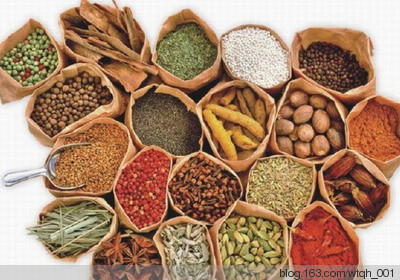Traditional Chinese medicine (TCM, sometimes "Classical Chinese Medicine"), is a label that covers a broad range of traditional medicine practices spread throughout Asia, including various forms of herbal medicine, acupuncture, massage therapy, and dietary therapy.

The common thread among these diverse practices is a system for balancing the various functions of the body, based in Daoist principles of Yin-yang and other metaphysical belief systems, that originated during the Warring States Period in regions that are now part of China. These practices are a common part of medical care throughout East Asia, accounting for roughly 75% of worldwide use, but are considered alternative medicine in the western world. Traditional medicine plays a role in Chinese lifestyle that is substantially different than the role of medicines in the west, in that it is integrated into basic conceptions of health and wellness and overlaps with folk remedies. It is estimated that 40% of healthcare in China (75% of worldwide practice) is based in such practices.
Traditional medical practices have ancient roots: Stone needles ostensibly used for acupuncture have been dated back to the stone age, and hieroglyphs and pictographs documenting acupuncture and moxibustion have been found dating back to the Shang Dynasty (1600-1100 BC).Scholars have not determined when primitive practices became integrated into a complete theoretical system, however TCM is intertwined with the principles of Yinyangism (i.e., the combination of Wǔ Xíng theory with Yin-yang theory) formulated by Zōu Yǎn (340 - 260 BC), suggesting TCM itself was formalized sometime after that. Clearly defined medical texts were being written as early as the 2nd century BC, though these texts were often attributed to mythological figures from more than two millennia earlier.
TCM practices use a different physiological model than modern western medicine, and make a number of assumptions that are inconsistent with or untestable under the principles of scientific medicine. In general, TCM practices take a holistic approach, viewing the body in terms of organ system based loosely around particular body functions (such as digestion or excretion) rather than in terms of isolated organs. These organ systems are conceived to be interrelated in various systematic ways, and various techniques are used to stimulate or support weakened systems or to soothe or dampen over-excited systems. Chinese medicine in practice, thus, involves an often subjective diagnosis of the general state of various organ systems followed by ongoing efforts to reestablish a healthy balance between the systems.
Traditional Chinese medicine covers a number of different kinds of practices, most of which focus on balancing the distribution or movement of the body''s Qi - a putative energy that has no direct correlate in western medicine - according to Daoist philosophical and religious conceptions of Yin-yang. In general, traditional Chinese medical theory holds that there is a finite amount of Qi available in the body, sometimes distinguishing between natal (inborn) Qi and developed (gained) Qi, which must be allocated so the body can perform its various prosaic functions: digestion, temperature regulation, maintenance of bodily fluids, etc. These various functions are conceived in terms of organ systems, which are abstract structures based around the major organs of the body, and which have complex interactions for sharing and exchanging Qi. Illness is generally believed to be rooted in an imbalance between organ systems, where an excess or deficit of Qi in a given system can throw bodily functions out of balance and allow the introduction of disease. These imbalances are addressed in a number of different ways, according to different practices: the use of herb complexes or dietary changes intended to stimulate or calm particular organ systems, the stimulation of these systems directly by using needles or pressure points, massage systems designed to stimulate and balance the body as a whole, even meditative practices that uses the focusing of breath or movement to move Qi through the body.
Because of the differences in body model between traditional Chinese medicine and western scientific medicine, tests of efficacy are difficult to construct. Pharmacological tests on traditional herbs have sometimes revealed effective compounds, though these were not necessarily effective in the way suggested by TCM, and sometimes found that medicinals contain toxins, or have no determinable effect. Acupuncture has been found to have limited clinical applications; the putative health benefits of massage, meditation, or exercise programs like Qi Gong are largely untested. The overlap between traditional Chinese medicine proper, folk remedies (such as shark fin soup), metaphysical belief systems (such as Chinese astrology), and exploitive products (usually sexual potency preparations, containing things like horny goat weed or rhinoceros horn) makes determining the efficacy of TCM as a theoretical construct problematic. Further, the introduction of traditional practices into the western world has blended TCM in some cases with New Age ideation that has further obscured the traditional practice.

